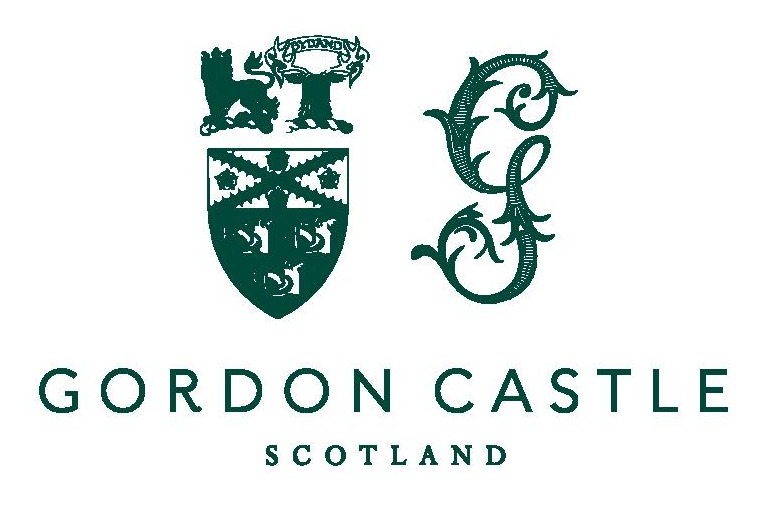I walked into a florists the other day to show them an example bouquet that we had grown from our cut flower selection in the hope that they would consider using our Scottish cut flowers.
Greeted with a perplexed expression, I explained who I was, how we were local and the reason for my visit. The florist said she was aware of us and had used us occasionally before but our flowers weren’t perfect. She pointed at the bouquet in my hand and said “and, they can contain little beasties like that”, pointing at a tiny fly on the dahlia. She continued, explaining that all of their flowers were first grade from Holland. I could have droned on about the air miles, pesticide use and declining numbers of wildlife but I chose not to. This particular florist wasn’t interested in how they got to her shop – they just had to be perfect.
Sometimes I think we forget about the purpose of flowers. Their primary focus is to reproduce to make pollen which is eaten by insects and in turn by birds, small mammals and so on; the food chain begins. They are not – contrary to popular belief – solely there to make perfectly formed, insect free bridal bouquets. They are beautiful and unruly, just as nature intended.
This encounter left me feeling disheartened, did everyone feel this way? I did some research and found that a staggering 70% of cut flowers are imported from overseas. As the flowers are not ingested, overseas producers are not regulated to the same extent, impacting heavily on pollution, habitat loss and declining numbers of wildlife.
So what can we do? We can work together – whether you are a florist looking to buy local, a bride looking to do DIY arrangements or a flower grower looking to sell, join our Facebook group #flowersforthefuture. The group aims to connect Scottish growers and florists to benefit the future of the industry and the ecosystem. The project will begin on Facebook but hopes to grow into regular meetings and workshops. The notion that Scottish flowers aren’t as perfect as their artificially grown counterparts in Holland is a preconception that the initiative seeks to challenge. Let’s start a discussion and change perceptions.

And what’s growing at Gordon Castle Walled Garden just now? Download the full list or read the summary below.
August and September are colourful months in the walled garden, not least because our four huge cut flower beds are in full bloom. We grow over 50 varieties of cut flower from seed and this year we’ve added in a selection of roses and herbaceous perennials.
Each of the beds has a name and colour theme; ‘Golden Peat’ is a mixture of hot shades and contrasting darker colours, ‘Glowing Heather’ is predominantly soft pinks and purples, ‘Icy Glen’ is our white bed interspersed with greens, and ‘Scotch Thistle’ is based around cooler blues and purples.

The planting combinations are carefully designed around complimentary and contrasting shades and textures making them not only very productive but also beautiful right through the summer. Some of my favourite combinations are the wonderful Dahlia ‘Purple Haze’ with its subtly striped purple petals growing through larkspur ‘Fancy Purple Pictoee’, or the vibrant pin-cushion flowers of Scabious ‘Summer Fruits’ surrounded by Nicotiana mutabalis and the striking Dahlia ‘Vassio Meggos’.
Our beds are incredibly productive at this time of year, packed full of Cosmos, Cornflower, Nigella, Gladioli, Salvia, Delphinium, Didiscus, Ammi, Helianthus, Gypsophila and many more varieties providing us with thousands of flowers to decorate the castle and café. We grow about 50 metres of sweet peas each year, six varieties of all different colours, all scented and chosen for their quality as cut flowers. We also grow plants for their foliage such as the vibrant green Bupleurum rotundifolium and Moluccella laevis.


‘Could I have more information on your workshop days. etc. Than you.
Good Morning Heather
Please could I ask you to contact Wild Gorse direct as they are hosting the workshops
Kind Regards
Dyanne